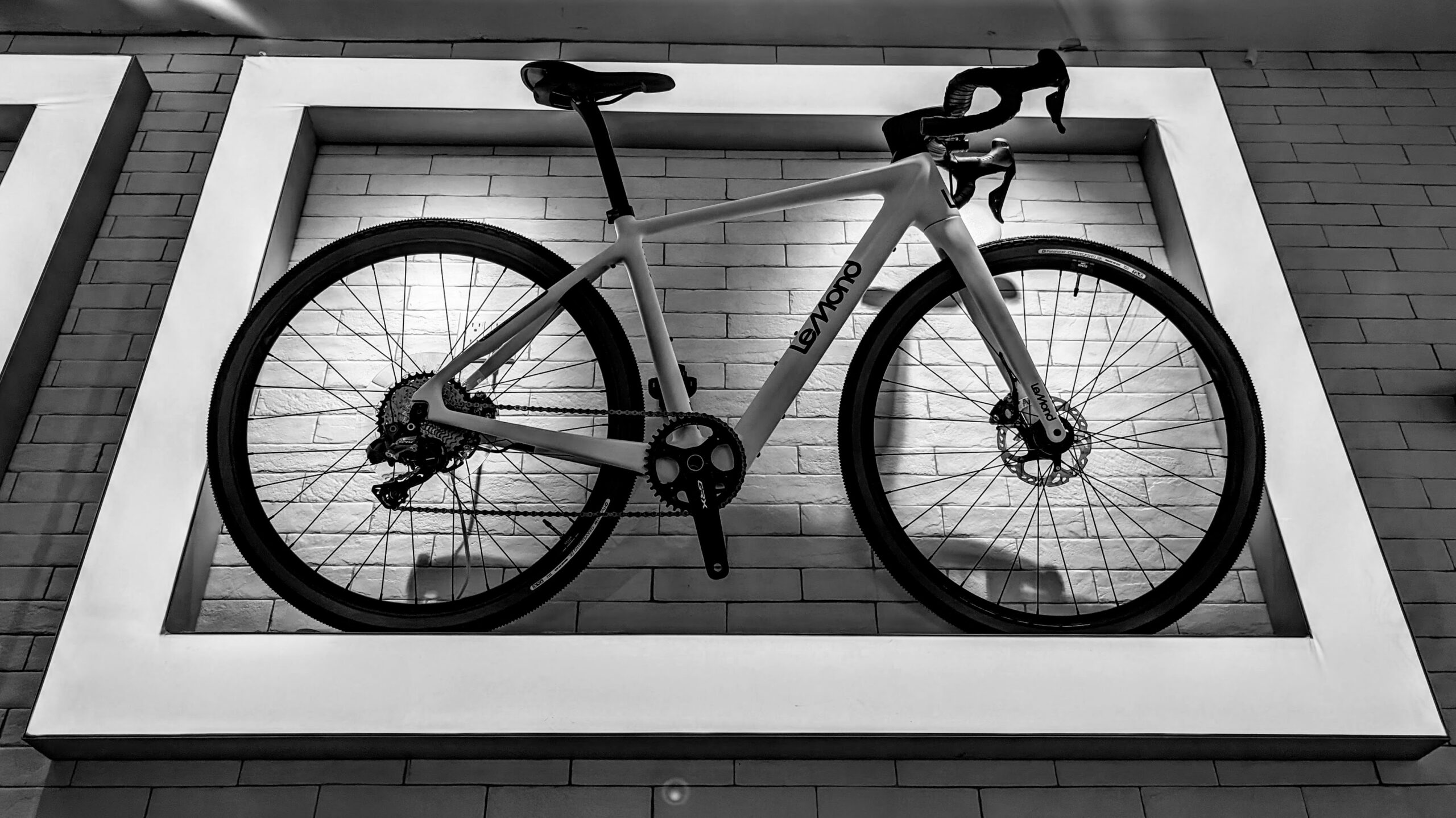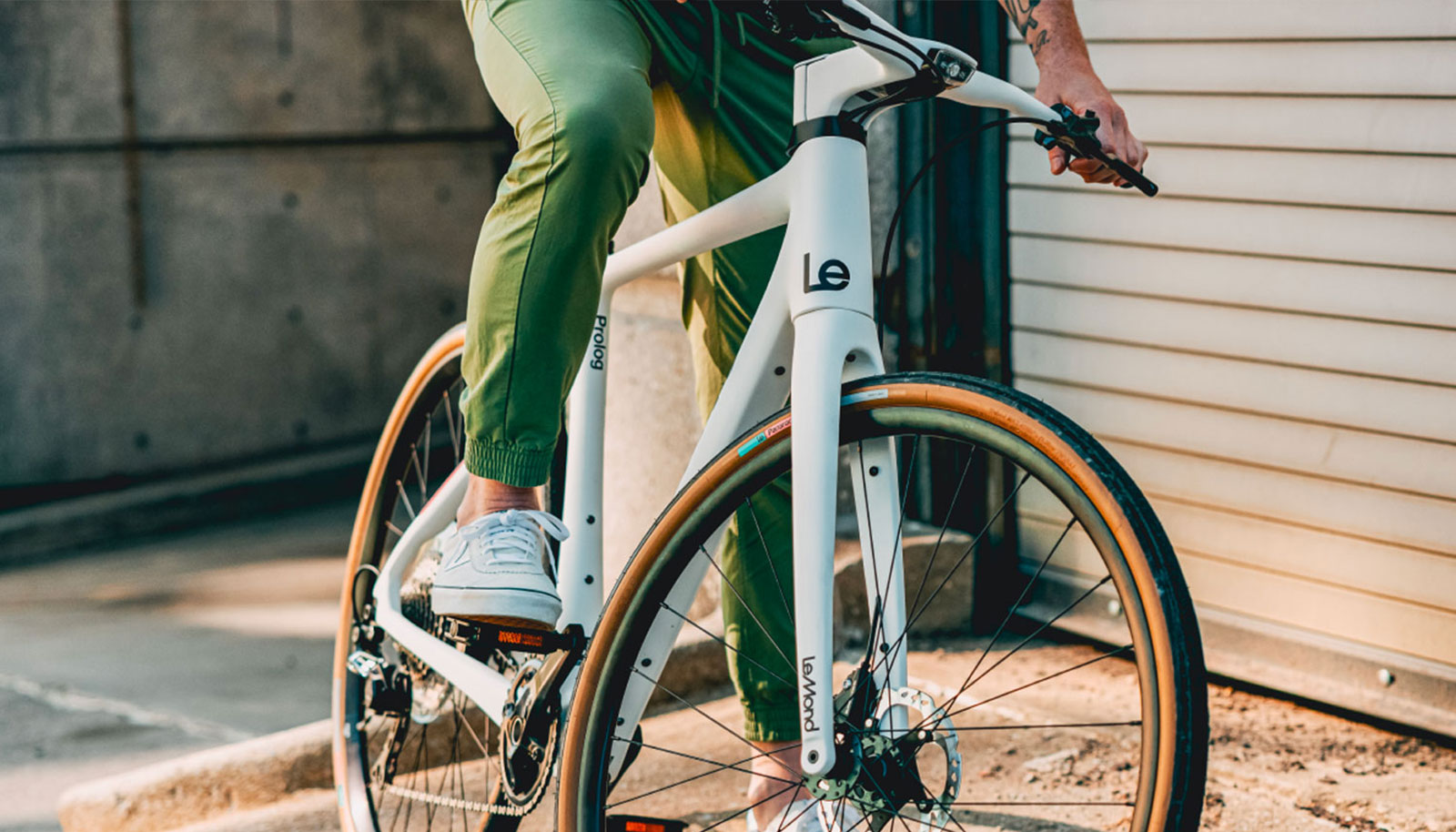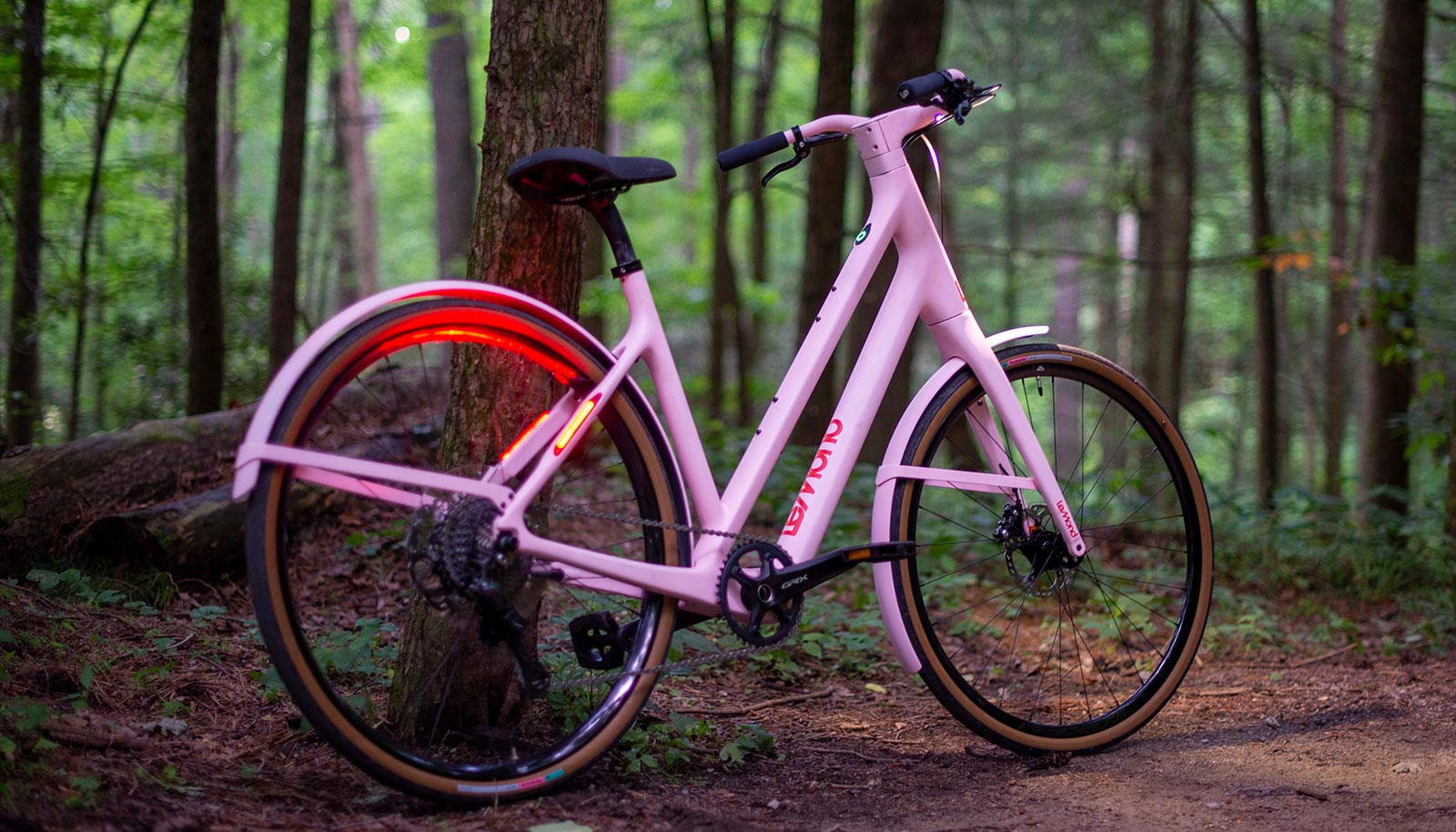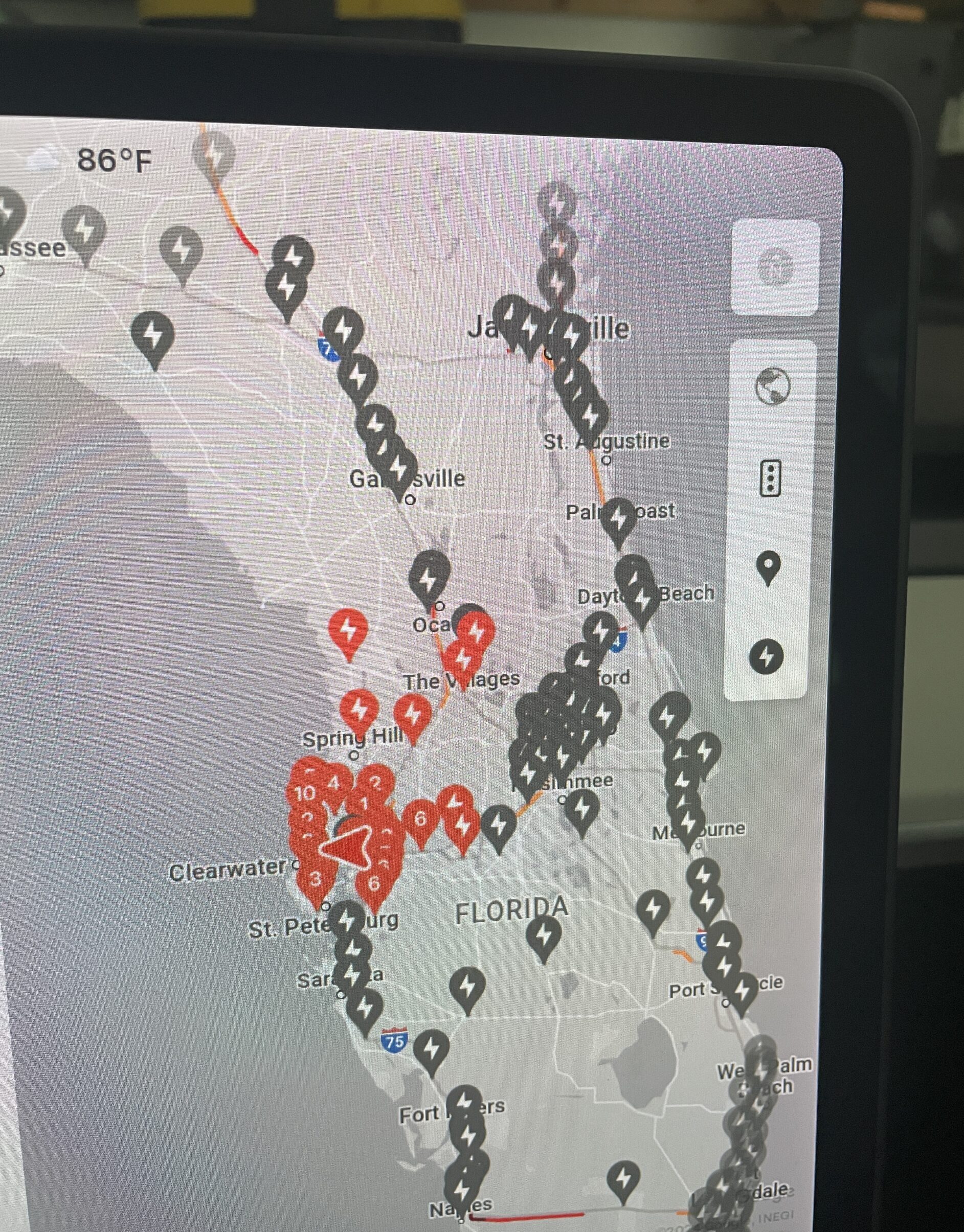Sign up for daily news updates from CleanTechnica on email. Or follow us on Google News!
Greg LeMond is best known for being the only American to officially win the famous Tour de France — a feat he accomplished three times. His success hinged on his obsession with every single detail of the race, from the carbon fiber in the frame of his racing bikes to the aerodynamics of his helmet and beyond.
His passion to ride on the cutting edge of cycling technology hasn’t slowed down since winning the Tour, and he’s brought numerous bikes bearing his name to the market since founding LeMond Bikes in 1986. In 2014, he first encountered e-bikes and found the technology to be the perfect way for him to continue riding bikes while doing battle with the barrage of health challenges he faced.

To celebrate the launch of its newest e-bike, LeMond invited CleanTechnica out to Sarasota, Florida, to learn more about the brand and ride around town on its first three e-bike models. At their core, the LeMond e-bike line takes Greg’s passion for high-tech racing bikes, electrifies them, and makes them affordable for the masses. “I believe in the power of e-bikes to charge people’s lives,” Greg said to us at the opening presentation.
The Company
Adding electric motors and batteries to the lightweight carbon fiber bikes he loved became a way for him to ride just as fast as he always had, regardless of whether he was riding into a headwind, uphill, or feeling under the weather. With a renewed passion to get people’s butt’s on bikes, Greg launched the first of many LeMond e-bikes just as the COVID 19 pandemic arrived on our shores.
Underpinning the new LeMond electric bikes was a new carbon fiber process pioneered at the Oak Ridge National Laboratory in Tennessee. Greg happened on the technology on one of his many trips around the world to find the latest and greatest technology. He hired one of the key materials engineers who helped develop the technology, bringing him in to their small team as the Director of Operations at LeMond.

Carbon fiber is used in LeMond’s e-bikes just about everywhere possible, from the frame, forks, stem, and handlebars down to the fenders and seat post. The electric bike components and batteries were tucked into the frame, integrating seamlessly to both the aesthetics of the bikes and the riding experience. A 250 watt Mahle motor is tucked into the rear hub of the bike, with a 36 volt Panasonic battery array housed in the down tube.
From the factory, LeMond’s e-bikes provide from 40-70 miles of assisted riding and were designed to all but eliminate the powertrain drag from the electric motor for seamless transitions to unassisted riding if the occasion calls for it. For longer rides, LeMond added the ability to add an optional Mahle range extender battery pack that adds 70% more range to the party and clips into an oversized water bottle style holder on the frame.

The secret sauce that all three bikes share is the beautiful integration of ultralight weight racing bike technology. Choosing carbon fiber as the bones of the bulk of the bike does mean a higher price tag, but is single-handedly responsible for making LeMond’s e-bikes look, feel, and handle like a traditional manual bike. The weight the carbon fiber saves makes room for the e-bike motor, batteries, and wiring that make them so capable.
And when they say light, they mean it. These things tip the scales at 26, 27, and 28 pounds, depending on the bike. That’s an insane weight for a bike that’s capable of 40 to 70 miles of electric assisted range for the 250 watt rear hub motor. Second, they also wanted the bikes to look real, like a normal bike. As a result, the batteries are all built into the bike and the motors are all but invisible on the bike.
The Prolog
Unlocking this new technology was a lifehack for LeMond and enabled the company to build an e-bike that made Greg’s vision of an ultralight weight bike that just happened to have a battery and motors inside a reality. At just 26 pounds, the LeMond Prolog caused chaos in the world of e-bikes, and at $5,495, it is absurdly affordable for a high performance, ultralight weight e-bike.
It’s the ultimate urban street slayer, built with carbon fiber components everywhere you look and a flat bar up top for maneuverability. Its slim road tires make it nimble, and its 250 watt motor pushess out as much power as the average rider’s legs can muster when you need it.
Did I mention it’s only 26 pounds? The light weight of the bike means it’s easy to load onto a rack, into the car, and up a flight of stairs without blowing any gaskets along the way. Compared to the 40-50 pound weight of most premium e-bikes and the 60-80 pound weight of the vast majority of e-bikes on the market, it’s a featherweight.
The light weight also translates to being nimble and responsive when you’re ripping down the road or on your local bike path. It doesn’t look like an e-bike and even with the power off, it doesn’t ride like one either. It has extremely low rolling resistance when the motor is off so it can be ridden even if you forget to charge the battery.

But that’s no fun, so we charged them up and ripped on down Sarasota’s Legacy Trail. They transformed our group’s ride down the flat, absurdly straight Florida path into a spirited sprint with just about everyone able to keep pace with LeMond himself.
Running a company in the midst of a global supply chain crisis compounded by a raging pandemic wasn’t easy, and it was doubly so for a new company moving into e-bikes without the strength of long term supplier relationships to lean on. The launch of the Prolog in 2020 was muted as a result, but the company kept its head down and just a year later, launched the Dutch.
The Dutch
Greg and his wife Kathy lived in Europe for years during his racing career and they both reflected fondly on the ease of cruising around the cobblestone streets of European cities on a classic Dutch bike. The classic low step frames and swept back handlebars make them easy for everyone and anyone to just hop on and ride. They’re the absolute workhorses powering the Dutch transportation system and are almost synonymous with Dutch population centers like Amsterdam.
The second e-bike from LeMond was the Dutch and was designed to bring the ease of cycling that the LeMonds experienced in the Netherlands to the world of modern, lightweight e-bikes. These designer bikes look and feel like a modern interpretation of a traditional Dutch cruiser bike, but with Greg’s fingerprints throughout. Director of Product Development at LeMond, Bill Stephens, said, “We wanted to make it intuitive, not intimidating.”
That starts with a carbon fiber frame and a slightly narrower set of handlebars that give the bike an extremely light and accurate feel with precise controls, thanks to the compact handlebars. The LeMond e-bike powertrain brings its power and unobtrusive design to the Dutch with the simplicity of the single button interface. It features a very straightforward control system that allows you to see the remaining battery capacity and switch between different levels of pedal assist while on the fly with ease. Owners can also connect to it with the Mahle mobile app, though it’s not necessary for normal operations.

Swapping out the traditional Dutch steel frame for LeMond’s signature carbon fiber build translates to an extremely light bike that’s also absurdly strong. The light weight makes it easy for just about anyone to pull the bike out of a car or garage without having to blow any gaskets along the way. After all, the Dutch’s 27 pounds is what a typical mountain bike weighed not that long ago, and that’s without any motors or batteries!
The All-Road Prolog
The LeMond All-Road Prolog is the brand’s take on an ultralight gravel bike that leverages the durable, lightweight carbon fiber frame technology and electric powertrain in a gravel bike format. Its tires are slightly more bulbous than on the street-focused Prolog, with small strings of tire nubs to give it some traction when it’s time to head out onto the trail. The nubby tires also have a bit more volume in them, which provides more cushion, allowing them to absorb more bumps while still keeping the overall bike tight and light at 28 pounds.
The All-Road Prolog is also the first e-bike from LeMond with a more traditional set of drop-bars. This is a much more natural position and keeps the wrists straight, ensuring hours of comfort, whether on a bike trail in South Florida or romping around on the dusty fire roads in the mountains flanking Southern California.
Overall
Greg LeMond and his team have put a ton of work into the technology, design, and comfort of their new e-bike lineup, and it shows in how well they ride. These bikes deliver the best quality-to-weight-to-price ratio of any other premium e-bike on the market, hands down.
The price tags — $5,495 for the Dutch and Prolog and $5,995 for the All-Road Prolog — appear expensive when compared to the masses of budget e-bikes with their bottom of the barrel components. But when they are compared to e-bikes with comparable specs from Specialized, Trek, and the like, the LeMond e-bike lineup feels like an absolute bargain. A comparable bike would be upwards of $8,000, $10,000, or even $12,000, depending on the spec from other builders.

On top of that, they come with Greg LeMond’s decades of experience riding on the cutting edge of technology, taking American cycling to a new level, and bringing home awards that no other American has achieved before or since. Remember, these bikes don’t just deliver electric bike components slapped onto a carbon fiber frame. They were designed with the best materials in the world, supported by time-tested, world-class geometry defined by one of the best cycling racers and bicycle designers in the world.
For more information about LeMond’s e-bikes, check out the video below or head over to their website.
Disclaimer: LeMond paid for the author’s travel and accommodations to attend this event.
Have a tip for CleanTechnica? Want to advertise? Want to suggest a guest for our CleanTech Talk podcast? Contact us here.
EV Obsession Daily!
I don’t like paywalls. You don’t like paywalls. Who likes paywalls? Here at CleanTechnica, we implemented a limited paywall for a while, but it always felt wrong — and it was always tough to decide what we should put behind there. In theory, your most exclusive and best content goes behind a paywall. But then fewer people read it!! So, we’ve decided to completely nix paywalls here at CleanTechnica. But…
Thank you!
Iontra: “Thinking Outside the Battery”
CleanTechnica uses affiliate links. See our policy here.




